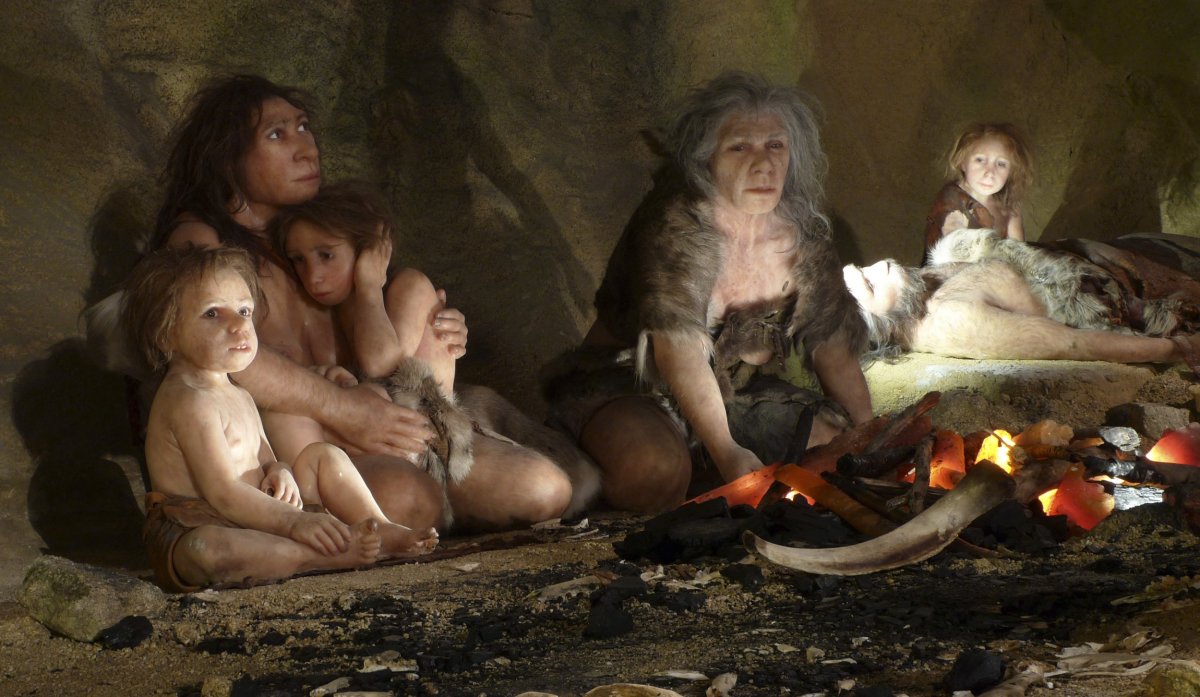
Deaf Neanderthals didn't stand much chance at survival unless they had friends, according to a new analysis of a skeleton discovered half a century ago in Iraq.
Despite losing his hearing, some of his sight and part of his right arm, a Neanderthal referred to as Shanidar 1 managed to live until his 40s. That may not seem like a terribly long life, but living until 40 was pretty rare 50,000 years ago, when this man was alive.
Resesarchers based in France and at Washington University in St. Louis found bony growths in Shanidar 1's ear canals. Humans have these growths too; some swimmers eventually develop them, as they can be associated with spending a lot of time in cold water.
In this case, those growths would have trapped earwax and the buildup would have affected his hearing.
"The debilities of Shanidar 1, and especially his hearing loss, thereby reinforce the basic humanity of these much maligned archaic humans, the Neandertals," said Erik Trinkaus, one of the authors of the study, in a Washington University statement.

Without being able to hear, a Neanderthal would likely have struggled to communicate with his or her buddies and also would have had more difficulty hunting. Tools may also have been harder to use.
This is not the first Neanderthal with a disability to ever be discovered—and scientists have long suspected that Neanderthals were a bit more supportive than modern humans give them credit for. Another Neanderthal who likely suffered from hearing loss was discovered in Spain several years ago, but there's no way he or she lived to see their 13th birthday. Even surviving for that long with a congenital hearing impairment would have required a lot more than his or her mother's help, those researchers thought.
Additionally, scientists already knew that Neanderthals had their own burial rituals, which indicated that they cared about members of their society.
They published their findings in PLOS One, an open access journal, on Friday.
The authors based their findings on an analysis performed between 1976 and 1978 at the National Museum of Iraq.
"Cranial radiography was not available in the Iraq Museum, and reanalysis since then has not been feasible," the authors noted. One presumes the Gulf Wars may have had something to do with that; the museum was looted after the 2003 invasion. It re-opened just two years ago, the BBC reported, though many of the items taken have not been recovered.
Uncommon Knowledge
Newsweek is committed to challenging conventional wisdom and finding connections in the search for common ground.
Newsweek is committed to challenging conventional wisdom and finding connections in the search for common ground.
About the writer
Kate Sheridan is a science writer. She's previously written for STAT, Hakai Magazine, the Montreal Gazette, and other digital and ... Read more
To read how Newsweek uses AI as a newsroom tool, Click here.








